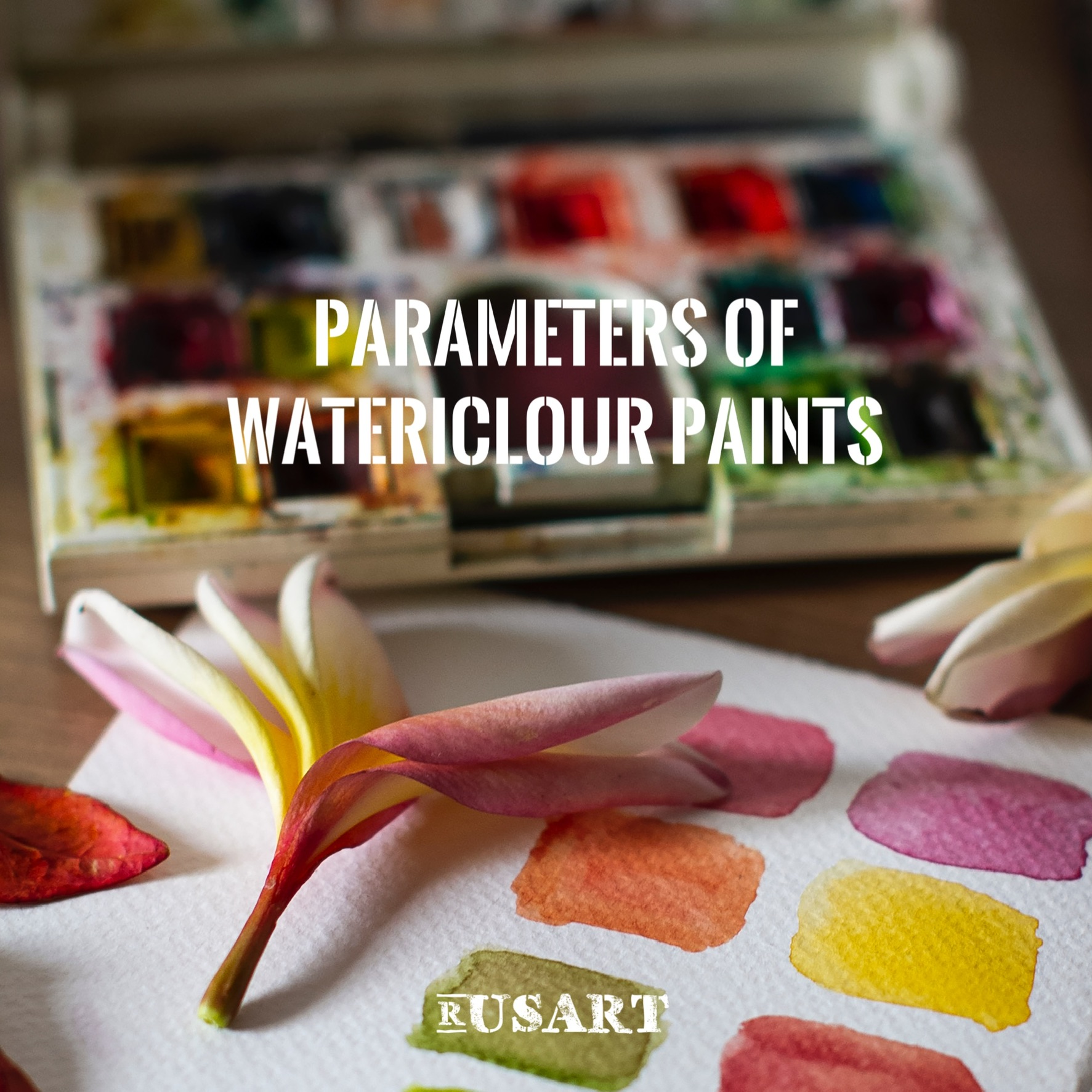Watercolour is one of the oldest but still innovative painting medium with a lot of characteristics. These glue-based paints still have more interesting to offer, while techniques and results vary from light and translucent washes to very intense and deep lines. As watercolours offer working with transparency of layer, texture of paper, paper composition, softness of a brush used, for more predictable results watercolour paints have many parameters that may or may not be listed on a tube or pan. And with more new pigments appear on the market in manufacturers’ disposal new parameters arise.
- Transparency
- Light fastness
- Granulation
- Staining
- Stability
We will talk about each parameter separately in other articles; here we will cover just general meaning.
Transparency
The same pigment depending on pigment grit, place and method of extraction as well as additives and fillers used. Transparency shows how much the colour is capable to cover the previous layer of paint. The more transparent the colour the less intense it covers.
Lightfastness
This term now is gradually being replaced with weather resistance as not only the light cause fading and other changes in colours. Mostly, we pursue colours with high lightfastness as neither artists to collectors like to see paintings faded.
Granulation
If the first two characteristics refer to all paining mediums, granulation, staining and stability belong mostly exclusively to watercolours. Granulation is a process in appearance when little particles of pigment show visible grains. Some people like granulation while the others avoid. Granulation is neither good or bad, just a property of a paint. Granulations looks amazingly in washes, but may be not that predictable in mixing colours.
Staining
Natural mineral pigments, such as ochres, siennas, umbers, cobalts etc, belong to true pigment “category”, when pigment and binder make mixtures that can be completely washed out and removed with water. However most modern pigments, especially organic ones, work mostly like dyes. They don’t make a homogenous mixture with binder. Instead, they colour something (another pigment, paper, plaster etc.). Such pigments can be staining, especially if the paper is very absorbent, like pure cotton. When you make a line it not always can be washed in full as paper gets coloured.
Stability
This refers mostly to property of keeping the colour in mixtures as well as showing uniformed colour while painted. For example, some pigments mixed together do not make even colour. This is fair especially when we mix mineral pigment with organic synthetic ones, Then the resulting colour may not be stable, however it doesn’t mean it will fade with time as it can have highest lightfastness. At the same time some mineral pigments made from natural stones (labradorite, malachite, lapis lazuli, serpentine etc.) even without any mixing with other colours may show unexpected shades depending on amount of water and medium used.


























